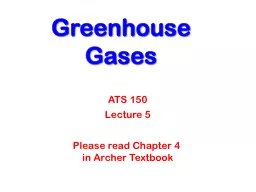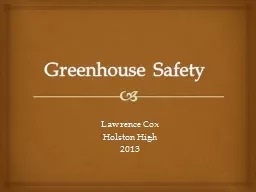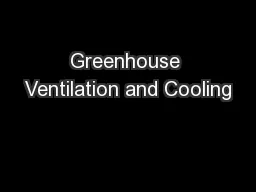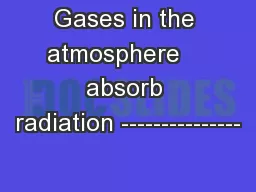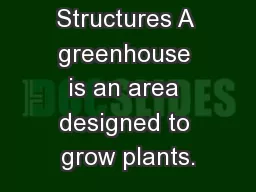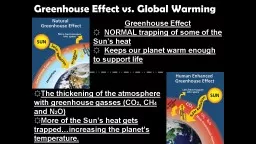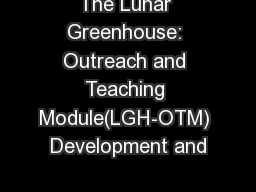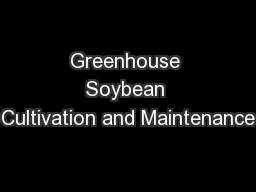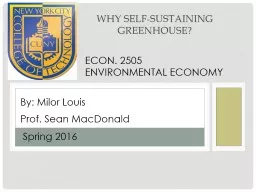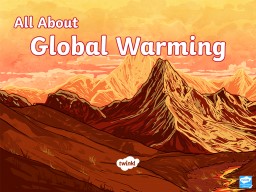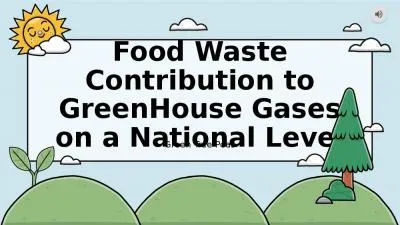PPT-Greenhouse Gases
Author : test | Published Date : 2017-10-05
ATS 150 Lecture 5 Please read Chapter 4 in Archer Textbook Gases Gases are made of moving molecules separated by empty space Kinetic energy of molecular motion
Presentation Embed Code
Download Presentation
Download Presentation The PPT/PDF document "Greenhouse Gases" is the property of its rightful owner. Permission is granted to download and print the materials on this website for personal, non-commercial use only, and to display it on your personal computer provided you do not modify the materials and that you retain all copyright notices contained in the materials. By downloading content from our website, you accept the terms of this agreement.
Greenhouse Gases: Transcript
Download Rules Of Document
"Greenhouse Gases"The content belongs to its owner. You may download and print it for personal use, without modification, and keep all copyright notices. By downloading, you agree to these terms.
Related Documents

